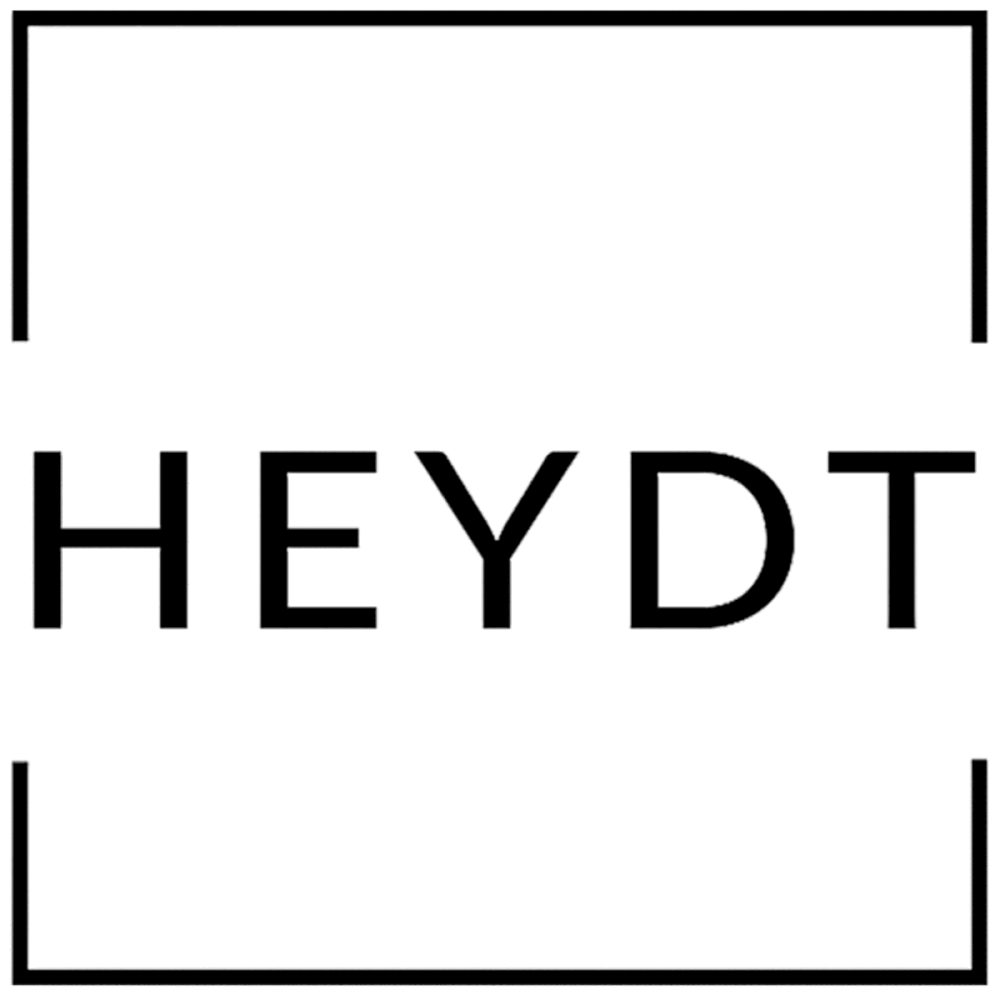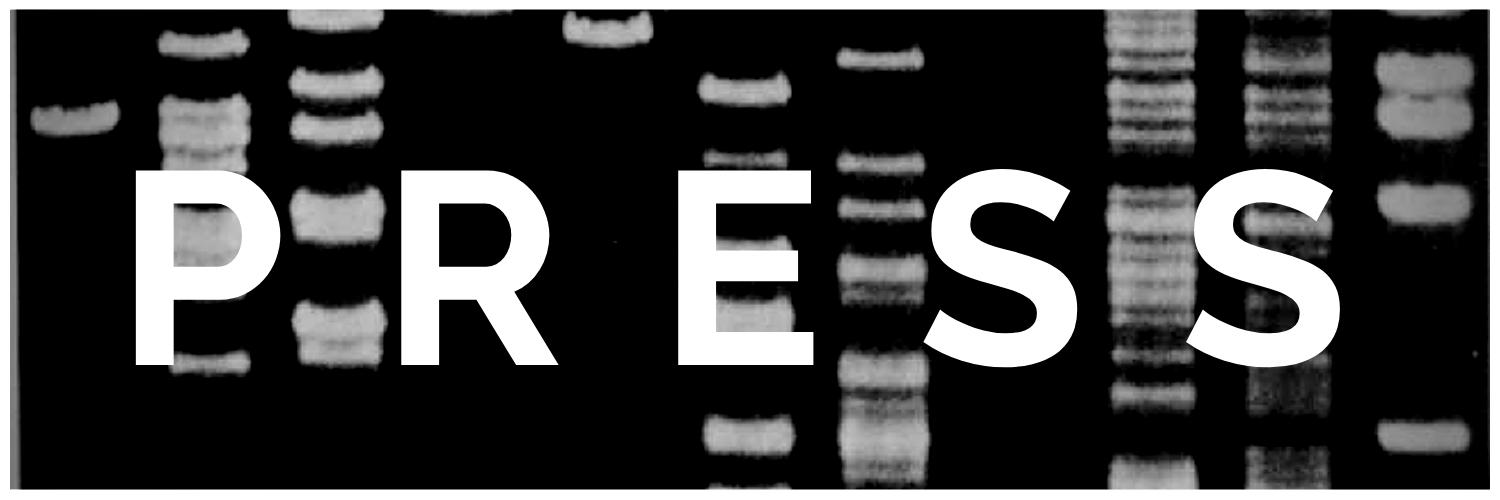by Stephon Alexander
It is intriguing the extent to which patterns reveal themselves visually, telling us a hidden story about a history frozen in time. This is evoked by Heydt’s Surface Tension. In the field of cosmology we would like to understand how galaxies like ours form. Galaxies are nurseries in which stars and planets originate and persist. Our own Milky Way galaxy is populated by hundred of billions of such inhabitants like our own sun and planet Earth. The stories of how galaxies are formed are told by the patterns they collectively form. The basic story is that the patterns of sound waves in the early universe seeded the first structures that grew into stars and galaxies billions of years later. But despite this meaningful pattern, the universe still grew in entropy/disorder.
Surface Tension likewise evokes the idea of the dance between entropy/disorder and some emergent property with residual patterns, sometimes hidden and sometimes explicit. In the cosmic domain there is no human agency that acts to create the structure. Heydt’s work in contrast, reveals the tension between natural habitat and humans “reshaping the natural topography.” Her first piece is of particular interest, not only for its rich natural green structures which suggest a symmetric cellular pattern showing the power of nature to persist even in face of human industrial agency. We can imagine how the expansion of the soil etches a sculpted pattern of what appears to be concrete. Or it could be rocks that naturally form their own pattern. The ambiguity of either reality also reveals the nature of complementarity, a concept that is the driving force behind the existence of the primordial sound waves in the early stages of the universe’s first structures.


